How to Install a Paver Patio
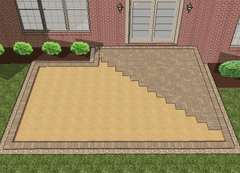
Is a paver patio one of those ideas you are considering to spruce up the rear yard? If so, not only do you need to know how to install a paver patio, but there are a few other items you need to know.
Pavers are available in a wide range of shapes, styles, sizes and color blends. Depending on the sizes you choose for your paver patio, there are large variety of patterns you can lay them in; herringbone pattern, running bond pattern, basket weave pattern, etc. View these and more paver patterns.
How much does a paver patio cost? If you contract a professional paver installer, you should plan on spending $15 - $20 per square foot, depending on paver type and where you live. This would include all materials and labor. If you are thinking of installing your paver patio yourself, you could expect to save approximately 50%.
Now that you have some basic information, let's learn how to install a paver patio.
Note: If you are have an existing concrete patio you may want to read our step-by-step instructions on "How to Install Pavers Over Your Existing Concrete Patio".
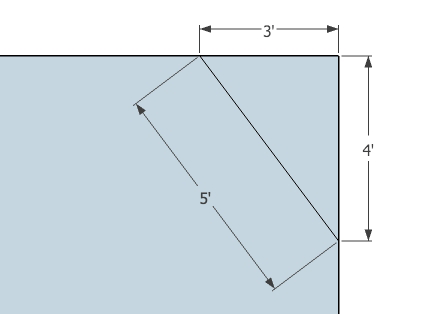
Step 1.
Create a design or plan and sketch it on a piece of paper. Or download one of our pre-designed paver patios that includes a material list and everything your need to plan your project.
Call your local utility protection service and have them mark any underground utilities where you will be digging.
Next, layout your new design in area where you plan installing the paver patio. In order to square up the patio (make the sides 90 degrees to your home), you need to establish a reference line perpendicular to your home. This can be accomplished by using two stakes and a string.
Set one stake in one corner of the patio against your home and the second stake out, along one side of your patio, but 90 degress to your home. Set the string 90 degrees by using the 3-4-5 triangle method. Starting at one of the corners that meets your home, measure 3' along your home and then from the same corner, measure 4' up one side of where your patio will be installed. The diagonal point joining these two points should be 5'. If not, adjust the 4' side until the diagonal measurement is exactly 5'.
Using the string and your home, you can begin laying out your patio with a measuring tape and marking paint.
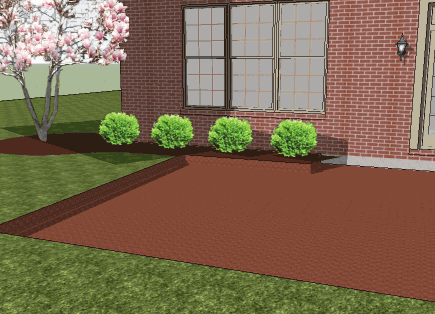 Step 2.
Step 2.
How to excavate for paver patio. Determine vertically where the top surface of your paver patio will be in relation to your home. From this point you will excavate down approximately 9 1/2". This will allow for 6" of a compacted gravel base plus 1" bedding sand plus 2 3/8" of paver. Make sure to excavate so the patio will slope away from your home.
Additionally, excavate 8-10" outside the layout marking lines to allow for grave base overlay. Once all loose soil is removed, compact the excavated area with a vibratory plate compactor.
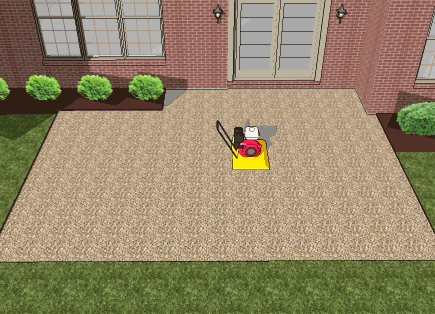 Step 3.
Step 3.
Installing the gravel base for paver patio. Begin the gravel installation by evenly spreading a crushed limestone with dust aggregate over the excavated area and compacting with vibratory plate compactor every 2". The compacted gravel is the heart and soul of your paver patio, so make sure you compact it thoroughly.
Continue adding paver base gravel until you have reached a 6" depth and are approximately 3 1/2" of finished paver height. Again you need to verify your gravel base slopes away from your home. Make sure the gravel surface is relatively flat, but sloping, by laying a straight 2 x 4 over the base, adding or raking gravel to achieve satisfying results.

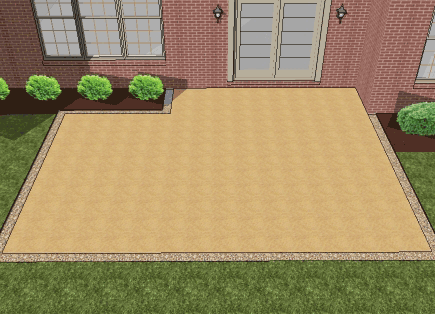 Step 4.
Step 4.
Installing bedding sand for paver patio. Next, you want to evenly spread a course sand over the paver base gravel, creating a sand bed for the pavers to seat in. This can effectively and efficiently be achieved by laying two 1" diameter pipe approximately 10' long directly onto the gravel base as shown. We recommend using 1" galvanized electrical conduit pipe for it's inexpensive cost.
Start spreading the course sand, as even as possible, between the pipe and a couple of feet on each side. With a 2 x 4 approximately 8' long, start screeding the sand. More than likely you will have to fill in areas and re-screed to achieve a flat, uniform layer of bedding sand.
Once you complete one area, remove the pipe and fill in with troughs created from the pipe. These area can be smoothed using a bull float. Move the pipe to a new location and begin the process again until the entire pavered area has a uniform and flat layer of bedding sand.
 Step 5.
Step 5.
Installing a border around paver patio. In order to achieve professional looking results, it is essential to install a paver border, whether it is the same blend as your field pavers or not.
Before you start laying the border course, it will be necessary to re-layout your patio with marking paint. Beginning in a corner closest to your home, lay the pavers along your home and out along the layout string you set earlier and following your layout marking until the entire border is laid.
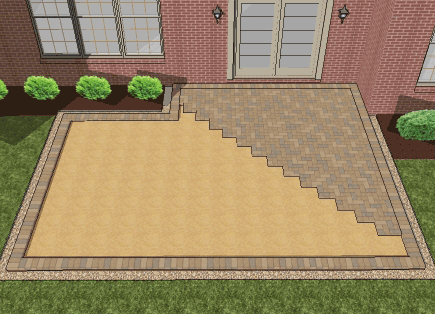 Step 6.
Step 6.
Installing the field pavers. Start laying the paver pattern in one corner and work your way across to the opposite corner. In most cases, the paver along the opposite sides will need cut or trimmed to fit your design.
 Step 7.
Step 7.
Installing the joint sand to paver patio. After you have laid all the field pavers, it is time to install the paver restraint. This is a pretty simple installation and is self explanatory. Just lay the edging up tight against the pavers, down on the gravel and begin installing the 12" spikes into ALL the spike holes in the paver edging.
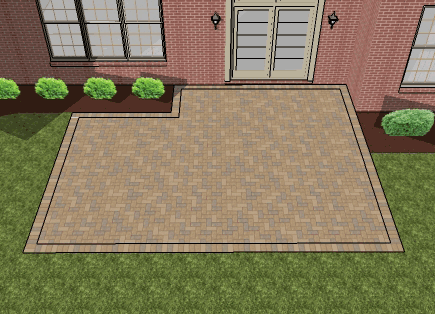 Step 8.
Step 8.
Installing the joint sand to paver joints. As with all the above steps, how you install the joint sand is very important. Choose either a fine sand or a polymeric sand manufactured for pavers. We recommend a professional grade polymeric sand to keep weeds from germinating in the joints.
Start by spreading the sand over the entire paver patio and sweeping it into all the paver joints. With access still on the pavers, begin running the plate compactor all over the top of the pavers. This will vibrate sand into the joints, but more importantly seat the pavers into the bedding sand. Once finished sweep off the excess sand. If you are using polymeric sand, follow the manufacturers instructions.
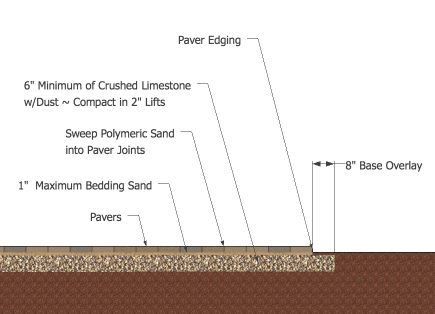 Step 9.
Step 9.
Enjoy your new paver patio!
- Tags: How-To's
- Steve Combs

 Step 2.
Step 2. Step 3.
Step 3.
 Step 4.
Step 4. Step 5.
Step 5. Step 6.
Step 6. Step 7.
Step 7. Step 8.
Step 8. Step 9.
Step 9.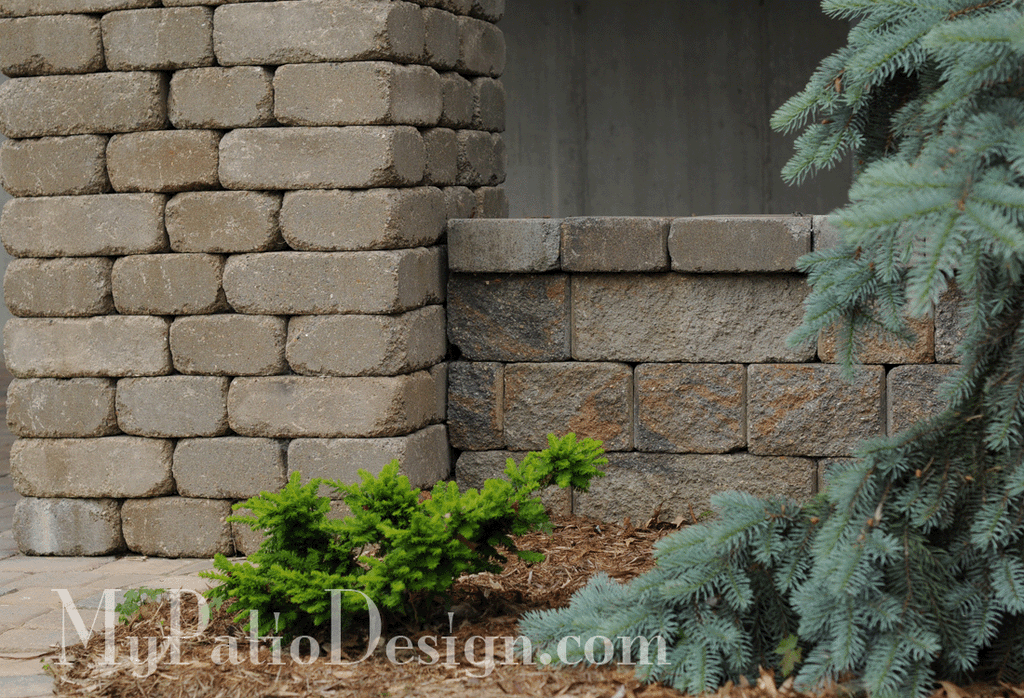

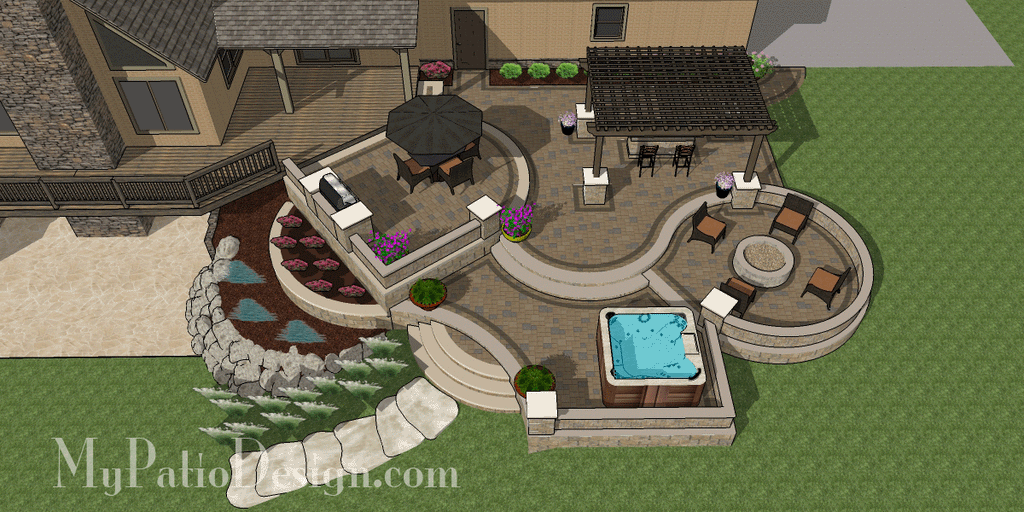
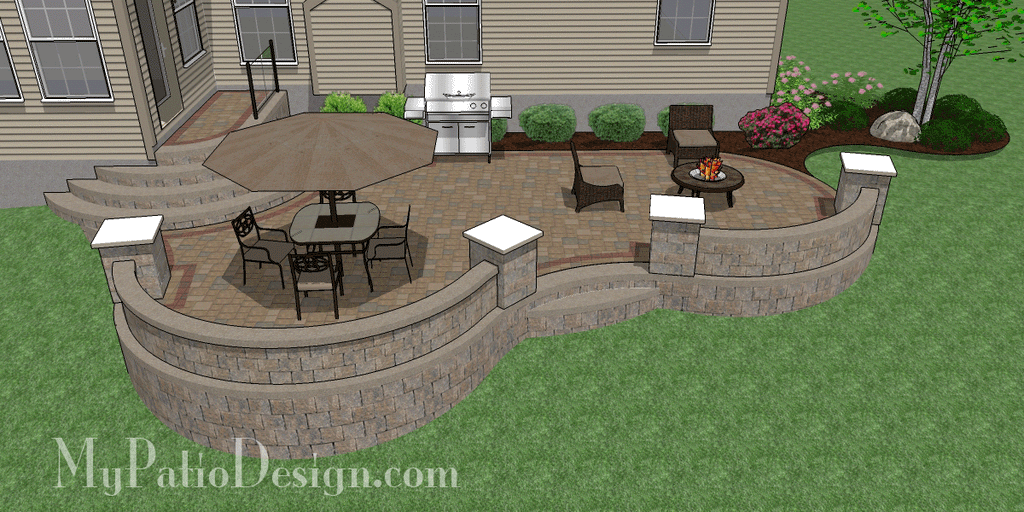
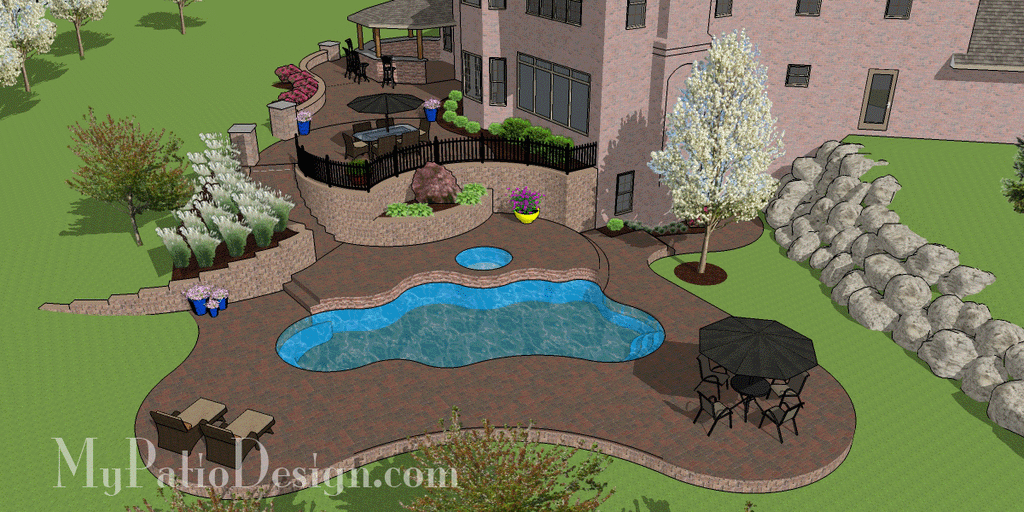
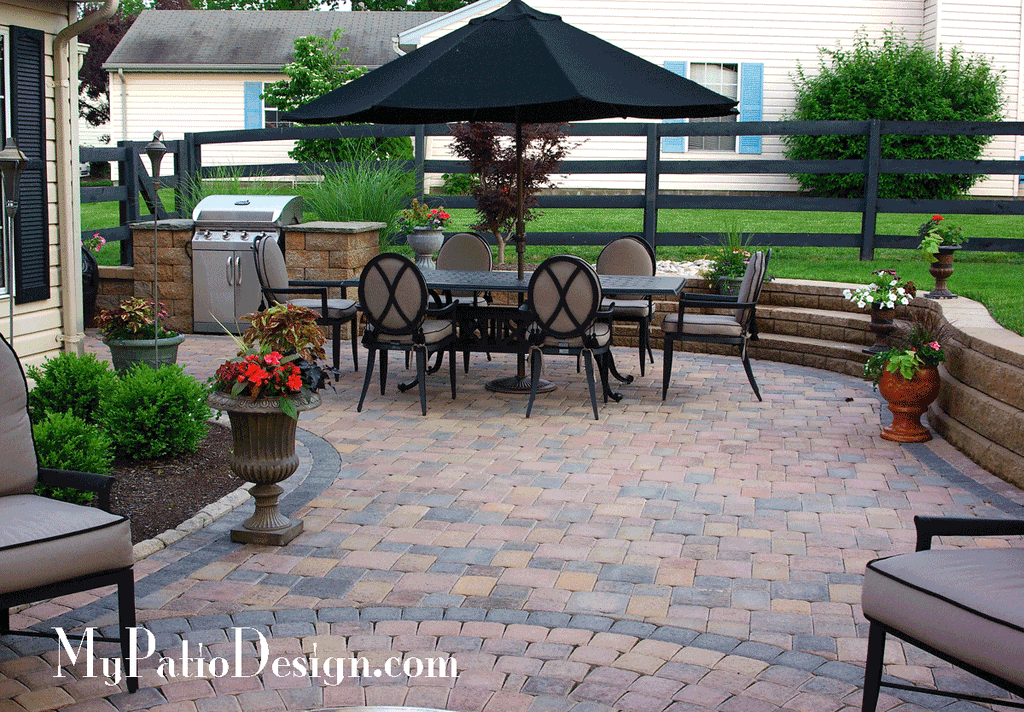
Comments 0